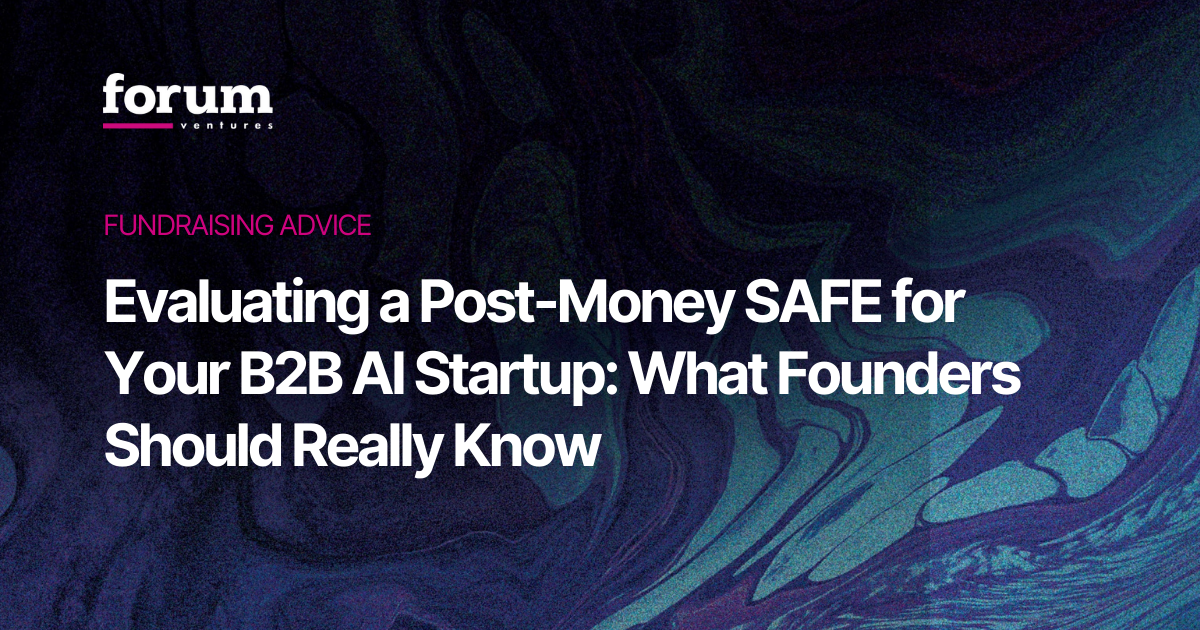As you gear up to raise your seed round, it’s important to consider which fundraising strategy is right for you. While you might have a preference before you start your investor conversations, it could very well change after you start your discussions. However, it’s important to understand the different options before you begin.
As a reminder, for your Seed round, you’re looking for 15 or less investors, and between $500K and $3 million. This should be enough capital to develop your product, research the market, operate, hire, grow, and get to a Series A fundraising round or profitability. Investors are typically rewarded with convertible notes, equity, or a preferred stock option in exchange for their investment.
There are really only two strategies to consider:
- Start small and build up to a lead
- Start with a lead and build around them
Let’s dig in.
Strategy 1: Start small and build up to a lead
This strategy is all about getting angels and small funds on board first and then using them as social proof and momentum to secure a lead investor. This process also leaves the door open to pulling together a party round – a round of funding from a group of investors without a lead investor – if a lead doesn’t present her/himself.
Sometimes, if you go this route, smaller investors will say they are in pending a lead. If that’s the case, don’t worry, you can still use these verbal commitments when talking to leads. Obviously, if you can get commitments in the form of a check, that’s even better. In order to do this, you could let them invest at a discounted valuation cap so that they’re getting a good deal for moving early. This helps you build that momentum to secure a lead even faster.
Some founders find this strategy easier to get started, especially if angels and small funds is where most of their stronger connections are. Some founders end up going with this strategy if the first yes they get is from a smaller investor. It really comes down to building momentum where you can, as early as you can.
Strategy 2: Start with a lead and build around them
This strategy is all about getting that lead investor first, and then using the lead as social proof to secure smaller investors around them.
The way to do this is to focus your investor outreach on investors big enough and likely to go in as a lead. Have an amount you plan to raise but be open to price and optimize for the right partner (let them know you're open to this!).
Once you’ve secured your lead investor, it becomes easier to raise the rest of your round from there. Here’s what that could look like:
- Ask your lead to introduce you to investors they like to co-invest with
- Talk to funds like Correlation Ventures that use data and an algorithm to decide to follow on in rounds that already have a lead investor
- Go back to other funds that expressed prior interest, but weren’t moving quickly
“Once we got the first term sheet or even verbal offer, we immediately told other VCs we had a lead and they needed to let us know ASAP if they would invest. Most VCs will follow other VCs as opposed to making an independent decision, so they were hanging around waiting to see if we got an offer. Once we had an offer, we went from a dying start-up to potentially the 'one that got away' -- so other VCs started to pile in and would make quick decisions. We didn't over optimize for valuation, as getting money at the seed stage is a do-or-die scenario.”
~Mike Fulong, CEO of Indio
Choosing your strategy
Both strategies are equally effective, so it’s just a matter of which one will work best for you, which, like we said, might only become clear once you start.
In either case, building both momentum and FOMO is key. The best way to do this? Set a deadline. Investors love time and will take as much time as you give them.
Next Up!
You’ve got your intros. You’re up to speed on strategies 👆. Now it’s time to nail those investor meetings! Stay tuned for our next blog post, filled with tips and advice for successful first and second meetings.
Download our Complete Fundraising Guide for First Time Founders
We know firsthand how difficult the fundraising process can be, so we’ve written a comprehensive guide to help. Check out our latest eBook: Raising Your Seed Round for First Time Founders, to get more advice on how much to raise, how to nail investor meetings, how to prepare your data room, and more. Grab your copy here!
More fundraising tips:
- Why founders shouldn’t fundraise from VCs in Canada without traction
- How to nail your seed round investor meetings
- Founders: Use this framework when talking to investors
.avif)
.avif)



.svg)





.avif)

